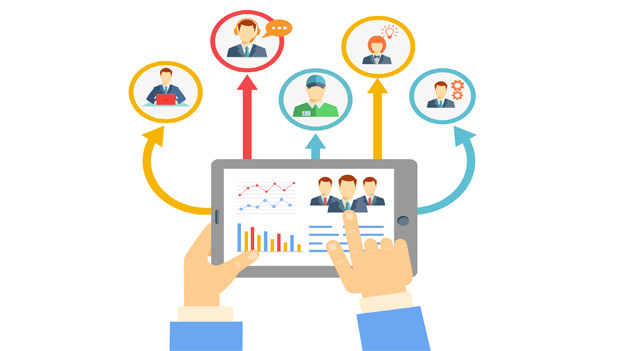3 things performance management frameworks need

Let’s Talk Talent Read similar articles

In the last few years, there’s been an ongoing debate on the efficacy of annual employee performance review, a process that has long been an integral part of HR procedures in companies across the globe. But a heated debate is now raging in the HR community about the value of this traditional approach to employee management, and whether it should be replaced with a more real-time, interactive dialogue between the employee and their immediate managers.
In this article, we take a look at three elements that should underpin new performance management frameworks: coaching, contribution recognition, and linked remuneration.
Coaching: Firstly, in today’s dynamic markets, there’s a need for better structured, more frequent coaching interventions, because the best way people learn is when they receive regular coaching and mentoring with real-time feedback throughout the course of the year and not just during review time. This is one aspect that has been missing in performance management cycles that just focus on reviews, and where line managers are often left with the decision of when to conduct coaching or have conversations.
The call center industry is one business sector that integrates coaching very well. A team leader oversees immediate reports, coupled with a quality or performance coach, who is there purely to work with staff on the phone to improve call handling in response to real-time customer interaction. An employee could be having a difficult conversation with a customer on the phone, for example, and the quality or performance coach can plug in and help that employee through the conversation.
These coaches also meet with team members at least once a week to discuss their performance and any issues they are having, with the dialogue supplemented by data that they're getting from their management information systems. Compare that to most other business departments, and that just doesn't happen. People might have a formal catch-up every few weeks or quarterly check-in meetings with their managers, but the coaching just doesn't happen.
Contribution recognition: The second pillar is some form of weighting or descriptor to actually qualify and quantify a person's contribution to the organization over a specific time period, whether that’s over weeks or months. This provides a very tangible reference point about how they've contributed to the organization, especially for people early in their career. That's a big piece of the puzzle that employees now have in their hands to better decide how they move forward in the organization.
You need to have a direct correlation between how people are performing and how they're going to be remunerated
Linked remuneration: Finally, there should be a correlation between performance and remuneration, as remuneration is still a big driver for employees in how they perform. There are other drivers for sure, but I still believe that you need to have a direct correlation between how people are performing and how they're going to be remunerated, whether that’s with bonuses or variable remuneration. You can't completely break that link as some organizations are proposing.
A real-time approach to performance management is complimented by a digital HR platform. Polycab Wires, India’s largest and fastest-growing wire and cable manufacturer, have decided to take a digital-first approach to performance management, as a result, HR is able to deliver real-time performance insight—including cable-revenue targets and productivity per employee—enabling managers to easily compare employees’ competencies and goals and take faster corrective action, such as developing required skills-training programs.







